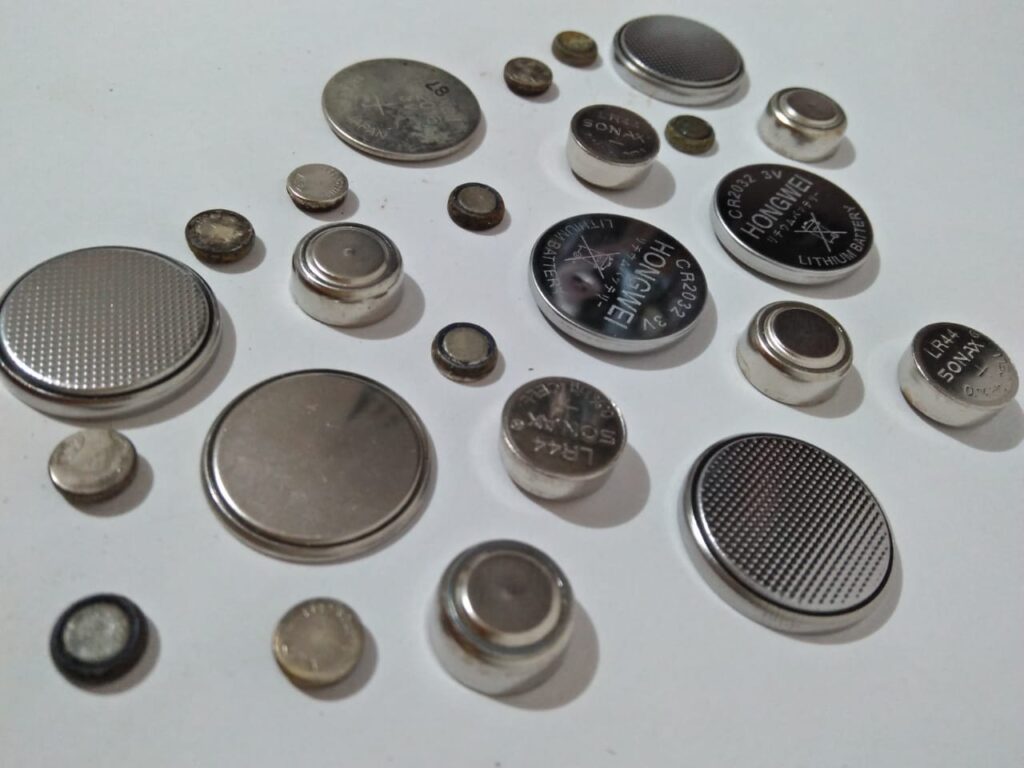Soon, the Philippines will again celebrate All Saints’ Day (November 1) and All Souls’ Day (November 2). It is our way of remembering our loved ones who had crossed to another world.
Although the Bible tells us that those who died are actually just sleeping, there are some people who believe that those who departed can look after them.
In the Bible, there was only one person who came back to life – in the person of Lazarus. That was when Jesus asked the man to get up from his sleep. Nothing, however, was written about what he experienced when he died and what happened to him after he came back from the dead.
Since most Filipinos follow what Americans are doing, we also conduct our own Halloween Day.
I had witnessed this Halloween celebration twice in the United States. The first time was when I visited my aunt Aida and uncle Carl, who were then living in Winchester Canal in Ohio. We were invited to attend a party, and I wore the Zorro costume. My aunt was Tinkerbell incarnate, while my uncle impersonated Elvis Presley.
The second time was when I stayed at Grand Rapids, Minnesota, after attending an international conference in Montreal, Canada. Since it was Halloween Day, I had to accompany my two nephews, who were going from house to house in the neighborhood.
Of course, the two kids wore their own costumes: Batman for Erik and Superman for Philip. They knocked at the door and said, “Trick or treat.” Of course, the owner of the house said, “Treat” and they were given some candies.
Filipino children are most likely to follow their counterparts.
Even before this happens, the toxics watchdog group EcoWaste Coalition is issuing out a warning on Halloween costumes with dangerous button batteries.
“(We) urged parents and kids to avoid Halloween costumes containing button cell batteries, especially if these tiny batteries are not protected by secured cases,” the group said in a press statement.
The group drew attention to this potential hazard to a child’s health and life after purchasing six Halloween-themed headbands decorated with toy devil horns, pumpkins, and skulls that have unsecured battery covers.
They are sold for as cheap as P20 per piece. “These unlabelled headbands are widely available in the market and are often worn by kids in Halloween parades and parties,” EcoWaste said.
According to Aileen Lucero, national coordinator of EcoWaste Coalition, these headbands with blinking or non-flashing lights contain tiny button cell batteries measuring 10 millimeters in compartments that are not screwed shut. Kids may open the case out of curiosity, get hold of the batteries and play with them.
Without the knowledge of parents, guardians or nannies, a child may accidentally swallow the tiny battery or insert it in her or his ear and nose while playing. If this happens, it may cause choking, chemical burns to the throat or stomach. Or even death.
Lucero cited the case of a three-year old Filipino boy named Skye Ong, who unintentionally pushed a button battery into his nostrils in June 2021. The was also the tragic case of three-year old Australian girl Brittney Conway, who died in July 2020 after ingesting a button battery.
“When it comes into contact with body fluids, the battery generates a current that produces small amounts of sodium hydroxide, which is lye,” explained the American Academy of Pediatrics. “If the battery gets stuck somewhere in the body, the lye burns a hole at that spot. Infection usually follows. The result can be serious injury and illness, long-term disability, or even death.”
In the press statement it released, the EcoWaste Coalition warned that other Halloween costumes, toys, and accessories sold in the market may contain button batteries. So, you better watch out.

To prevent chemical burns, choking, and death due to button batteries, the EcoWaste Coalition reminded parents to pay attention to these poisoning prevention tips:
- Don’t buy toys if the button battery compartments can be broken or opened easily.
- Carefully read the product label and follow the safety instructions on battery use, storage, and disposal.
- Ensure that button batteries in children’s products and household items are duly secured with a screw.
- Keep button batteries in their original packaging and store them in a childproof container.
- Ensure that button batteries, old or new, are kept out of children’s sight and reach.
- Do not allow children to handle and install button batteries, and never let them play with them.
- Supervise children whenever they play with toys or use devices containing button batteries.
The EcoWaste Coalition had earlier advised consumers to be cautious and vigilant in buying Halloween toys, especially those that have not been verified as safe for children’s use.

